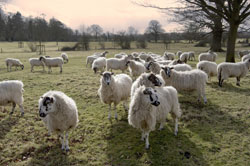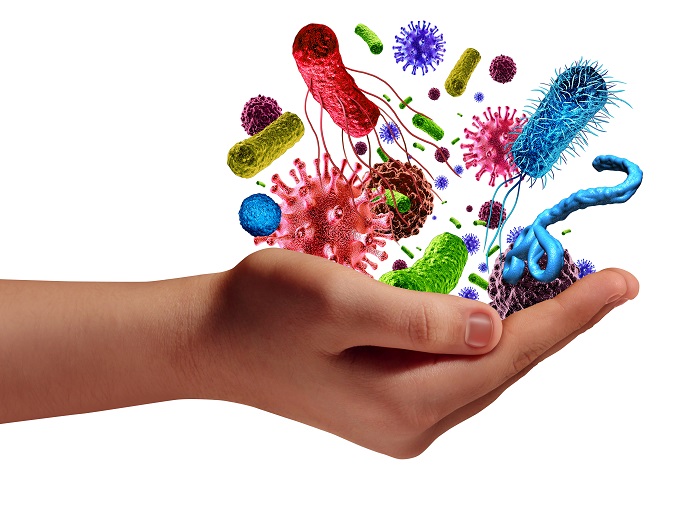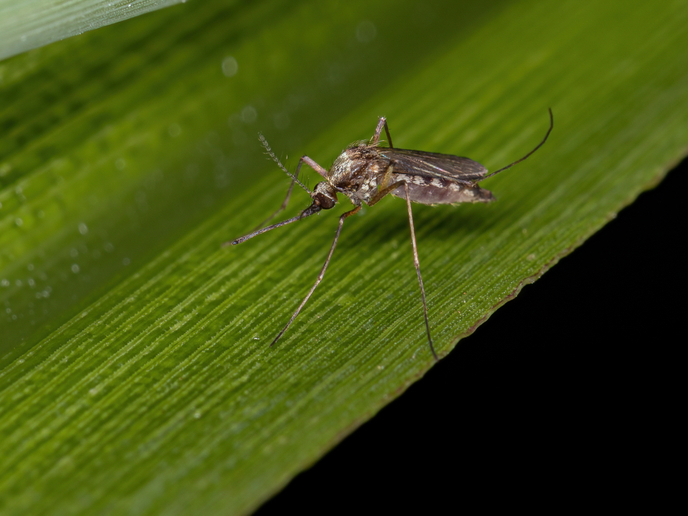Optimising sheep populations
EC-funded GENESHEEPSAFETY dealt with the issues of safety and quality in the sheep food chain. The main tools of investigation were genetics and molecular biology, which were used to shed light on the genetic parameters involved in phenotypic traits. Project-partner, Universidad de Leon in Spain, worked with the Churra sheep breed, trying to identify the genetic loci that could confer the desired mastitis resistance trait. Further studies were aimed at the genetic loci associated with udder morphology. A number of different parameters were taken into account. These included udder depth, udder attachment, teat placement and teat size among others. The list of parameters is associated with aptitude for machine milking and researchers found genetic evidence linking chromosomes OAR7, OAR26, OAR14 and OAR20 to these traits. For mastitis resistance, chromosome 20 was found to be the most likely to be involved in the somatic cell counts linked to this characteristic. These preliminary findings should be further validated in broader populations; hence further support is needed for this line of research. The final findings could impact on the food industry in a positive way, opening the way for innovative breeding techniques.







